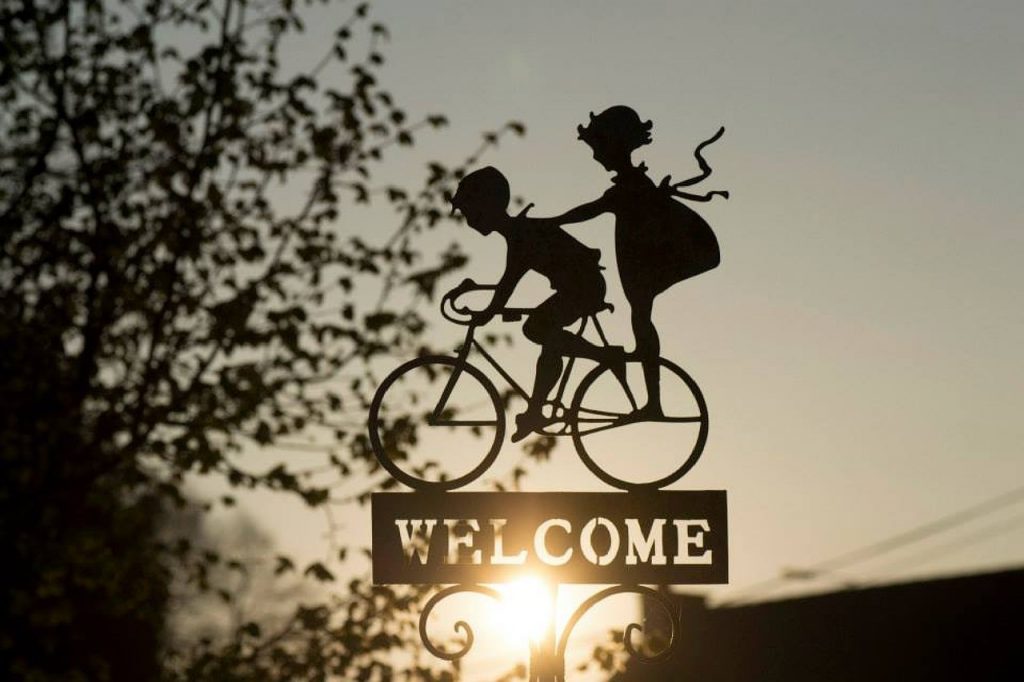
What kind of conditional signals do cyclists use?

- To stop, you raise your hand up.
- To indicate a left turn, stretch your right left hand towards the turn or bend your right hand in the elbow.
- To indicate a right turn, pull out the straight right hand towards a turn or bend the left hand in the elbow.
- When cyclists ride in a large group, they exchange information about a danger such as a pit or some obstacle on the road (a broken bottle, stone, etc.) For this purpose, the right pit denotes a stretched down right hand, the left hand correspondingly left. In this case, the master is the first to signal, and all the others along the chain point to the pit for the next road users. The signal must be given in advance as soon as the sign from the rider in front of the rider arrives.
- Also the group movement of cyclists should not interfere with motorists. For this purpose, the column should be divided into groups of ten people and create a gap between them to overtake the cars equal to eighty to one hundred meters.
It is advisable to give conditional signals that show a turn with your hands straight out. Motorists are already used to this while riding on these bikes (see this source).
Signals given by the rider should be indicated in advance of the manoeuvre approximately 3-5 seconds before the turn. However, you should stop signaling after the maneuver, as this rule does not apply in situations where the signal is interfering with the rider’s actions, in which case the turn is stopped just before the maneuver.
When driving in a group, you can develop your own symbols with each other, for example to indicate a danger or for an emergency stop. If suddenly the closing column starts to lag behind, how can it be in such a situation? So you can use an audible or light signal. Light has many drawbacks: you can’t see it during the day, and at night on the track in the light of cars, it’s not always possible for the head of the column to understand that it’s you who is giving him the signal – blinking light. And the sound can be heard by anyone and you can pay attention to it. You can use signals like that:
- one call, attention to danger, you need to slow down;
- two calls, somebody can’t make it, we need to slow down;
- three calls, emergency stop, something’s wrong.
You can also use conventional signs with your hands, for example, an outstretched hand with its palm open signals the danger and the need to reduce speed. But a squeezed hand in your fist signals an emergency stop.
Ride with pleasure and do not forget that everything you do is important for road safety.